Promoting Chinese Folk Dance in Philippines
 |
| He Peilan poses for a photo with children. |
He Peilan, president of Philippines Peilan Dance Art Center and head of Philippines Chinese Folk Dance Troupe, has been living in the Philippines since 1987. During the past 34 years, she has been promoting Chinese culture and Chinese folk dance in the Southeast Asian country. She has also promoted cultural exchanges between China and the Philippines.
"Art has no boundary. Although China and the Philippines have different cultures and national conditions, people of the two countries can directly communicate with each other through art," He says. Through her unremitting efforts during past decades, Chinese folk dance has revealed its dazzling charm in the Philippines, known as a country of 1,000 islands.
"Cultural exchanges are the most direct way for people of two countries to better know each other. I believe more mutual understanding, deeper friendship and cultural resonance between people of China and the Philippines will help the two countries reap more fruit of win-win cooperation," He says.
Dance Troupe
He, a native of Xiamen, in Southeast China's Fujian Province, was a dancer with Xiamen Song and Dance Troupe before she moved to the Philippines.
"When my husband and I first arrived in Manila (capital of the Philippines), we found there were many people of Chinese origin living there. But we could hardly feel the atmosphere of Chinese culture, let alone Chinese music and dance," He recalls.
When some teachers with a Chinese-language school in Manila invited He to help create a Chinese folk-dance troupe, He agreed, without hesitation.
The troupe's students must dance to Chinese folk music. However, He had a difficult time finding suitable Chinese folk music in the Philippines. Nowadays, people can download various types of music on the Internet. But the Internet was not thriving in the 1980s and 1990s. He had to return to China to buy cassettes, CDs and DVDs that contained Chinese folk music. Sometimes, she edited the music herself.
Given her professional teaching skills, and her efforts in promoting Chinese folk dance, more and more schools and organizations in Manila began inviting her to teach Chinese folk dance. She also served as art director of several dance troupes.
Establishing Art Center
In a spacious training room in Chinatown of Manila, more than 100 girls gather every weekend to study Chinese folk dance under He. That room is in the dance art center established by He in 2013. Some of the students are Chinese, and some are Filipino girls.
The center has been recognized by the community. The students are often invited to give performances — at least 20 times a year — on various occasions. "I like chatting with Filipino dancers when I attend local activities. They teach me traditional Filipino dance, and I teach them Chinese folk dance. We become friends because of dance," He says.
"It is not easy to run the art center. We almost meet difficulties every day. When we were at the most difficult time, we had to buy fans and handkerchiefs (used during dance performance) from China. But I never thought of giving up," He says.
She insists on communicating with her students in Mandarin. "By teaching children Chinese folk dances, we not only teach them how to appreciate and express beauty, we also build a bridge for them to know and understand China," she says.
"For example, the dance of the Uygur ethnic group is passionate and cheerful. When they learn Uygur dance, I tell them that Northwest China's Xinjiang Uygur Autonomous Region is famous for its delicious grapes. When children learn the dances of the Dai ethnic group, they learn the peacock is a symbol of good luck for Dai people. I hope children will know more about China's ethnic culture, and have a deeper understanding of China's geography, history and culture," she adds.
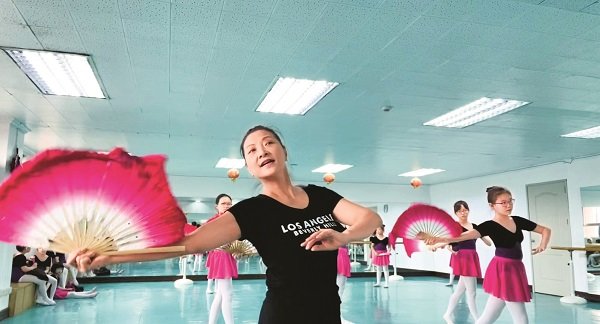 |
| He Peilan teaches children Chinese folk dance. |
Promoting Folk-Art Exchanges
To better promote cultural exchanges between the two countries, He has led groups of students to visit China in recent years.
In 2018, He organized a group of descendants of overseas Chinese in the Philippines to visit Fujian Province, which provided a good opportunity for the children to learn about China's intangible cultural heritage, and Chinese culture.
The next year, she organized a summer camp, during which overseas Chinese children visited Hui'an, a county in Fujian Province, to experience the unique Hui'an folk culture.
When the world was hit by the COVID-19 pandemic in 2020, He organized children to participate in an online summer camp, sponsored by the All-China Federation of Returned Overseas Chinese. The children strengthened their understanding of Chinese culture through various online activities.
"We have always been concerned about our motherland. Last year, when China was at the most difficult time, we donated anti-pandemic materials to China, to help our compatriots as much as we could. Our center, and other organizations in the Philippines, also recorded a video to cheer for China and Wuhan. China's effective prevention and control of the virus has brought hope to the whole world. We believe the novel coronavirus will be eliminated," He says.
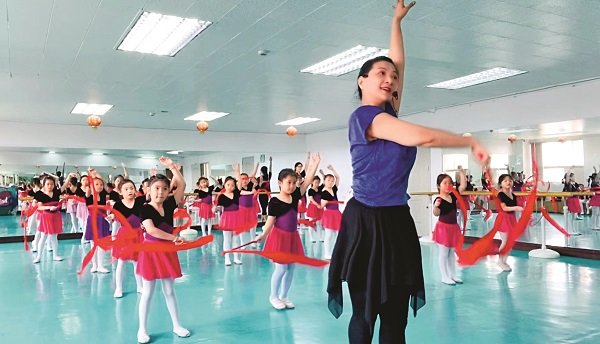 |
| He Peilan teaches children Chinese folk dance. |
Photos Supplied by He Peilan
(Women of China English Monthly May 2021 issue)
Please understand that womenofchina.cn,a non-profit, information-communication website, cannot reach every writer before using articles and images. For copyright issues, please contact us by emailing: website@womenofchina.cn. The articles published and opinions expressed on this website represent the opinions of writers and are not necessarily shared by womenofchina.cn.


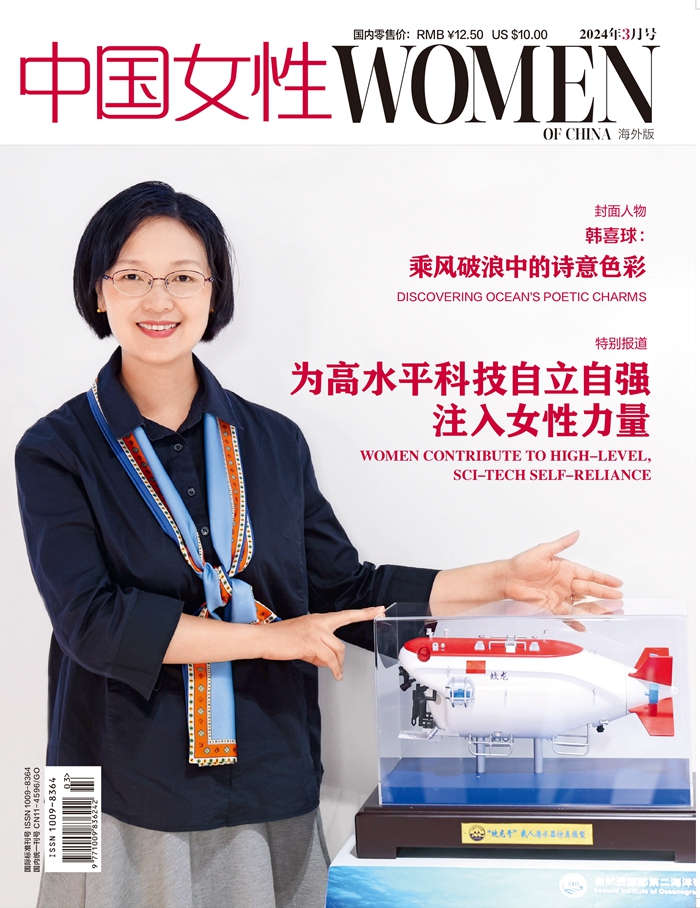
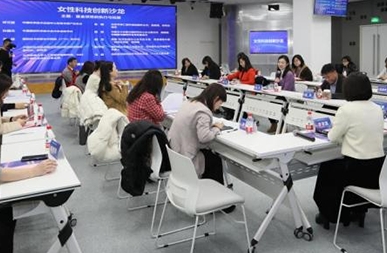
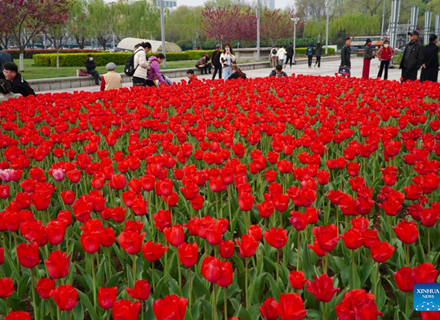
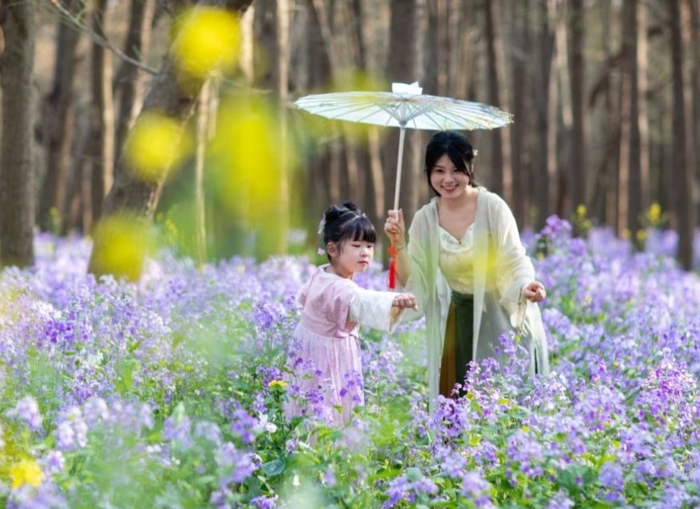


 WeChat
WeChat Weibo
Weibo 京公网安备 11010102004314号
京公网安备 11010102004314号